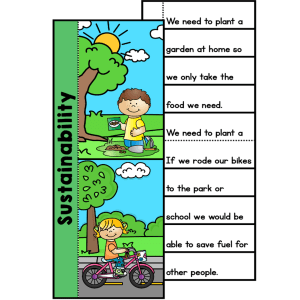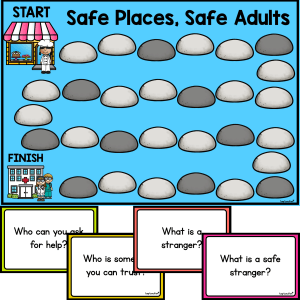Sinking Boats: Mass Investigation Activity

Description
Bring mass measurement to life with the exciting and interactive Sinking Boats: Mass Investigation Activity! This hands-on science and maths crossover investigation invites students to explore the concept of mass by experimenting with how many blocks it takes to sink a boat made from aluminium foil. Combining problem-solving, observation, and critical thinking, it’s a fantastic way to deepen students’ understanding of weight and buoyancy in a meaningful and memorable way.
This investigation includes everything you need to guide students through the scientific process, from forming a prediction to recording results and drawing conclusions. As they design, test, and evaluate their foil boats, students will be immersed in practical learning that supports inquiry-based thinking and STEM skills. The activity works beautifully as a standalone investigation or as part of a broader unit on measurement or physical science.
Sinking Boats: Mass Investigation Activity also pairs perfectly with the book Who Sank the Boat? by Pamela Allen, making it a rich, cross-curricular experience. It’s ideal for whole-class participation or as a small group rotation. Younger students may benefit from completing the activity on A3 paper to give them more space for recording and designing.
Key Learning Outcomes:
- ✅ Explore the concept of mass through hands-on investigation
- ✅ Use prediction, observation, and data collection strategies
- ✅ Record results and make conclusions based on findings
- ✅ Strengthen scientific vocabulary and inquiry skills
- ✅ Encourage problem-solving and creative thinking
What’s Included:
- Detailed teacher instructions with a suggested materials list
- Inquiry question and space for student predictions
- Cut and paste materials and procedure worksheet (with answers)
- My Boat Design template for planning
- Observation and testing pages for student note-taking
- Results and conclusion template to complete the scientific process
Materials Needed:
- Aluminium foil (one piece per student or group)
- Plastic or wooden blocks (uniform size for consistency)
- Containers or tubs of water
- Printed worksheet pages for each student
- Optional: A3 paper if using with younger students
- Optional: a copy of Who Sank the Boat? by Pamela Allen
How to Use:
- Begin by reading Who Sank the Boat? to introduce the concept in a fun and familiar context.
- Pose the inquiry question and invite students to make a prediction.
- Students follow the cut-and-paste procedure and gather materials.
- Each student designs and builds a foil boat, then tests how many blocks it can hold before sinking.
- Students record their observations, tally results, and complete a conclusion.
Ideas for Classroom Use:
- 💡 Use during science or measurement units focused on mass or buoyancy
- 💡 Ideal for STEM rotations or group investigation days
- 💡 Pair with a discussion about fair testing and changing one variable
- 💡 Use as a launching point for follow-up design challenges or writing tasks
Top Teacher Tips:
- 💛 Complete a demonstration first for students who may need visual support
- 💛 Laminate boat design templates for reuse in future lessons
- 💛 Encourage teamwork by having students collaborate in small groups
Sinking Boats: Mass Investigation Activity is a high-impact, low-prep way to bring mass measurement off the page and into students’ hands. It’s time to sink some boats and learn through discovery!
Additional information
| Number of Pages | 12 |
|---|---|
| File Format | |
| Australian Curriculum Code | AC9M1M01, AC9M2M01, AC9MFM01 |
Australian Curriculum V9
F - 6
Lorem ipsum dolor sit amet, consectetur adipiscing elit.
Lorem ipsum dolor sit amet, consectetur adipiscing elit.
Lorem ipsum/ Lorem ipsum/ Lorem ipsum
Lorem ipsum dolor sit amet, consectetur adipiscing elit.
Lorem ipsum dolor sit amet, consectetur adipiscing elit.
Lorem ipsum/ Lorem ipsum/ Lorem ipsum
Lorem ipsum dolor sit amet, consectetur adipiscing elit.
Lorem ipsum dolor sit amet, consectetur adipiscing elit.
Lorem ipsum/ Lorem ipsum/ Lorem ipsum
Lorem ipsum dolor sit amet, consectetur adipiscing elit.
Lorem ipsum dolor sit amet, consectetur adipiscing elit.
Lorem ipsum/ Lorem ipsum/ Lorem ipsum
Lorem ipsum dolor sit amet, consectetur adipiscing elit.
Lorem ipsum dolor sit amet, consectetur adipiscing elit.
Lorem ipsum/ Lorem ipsum/ Lorem ipsum





